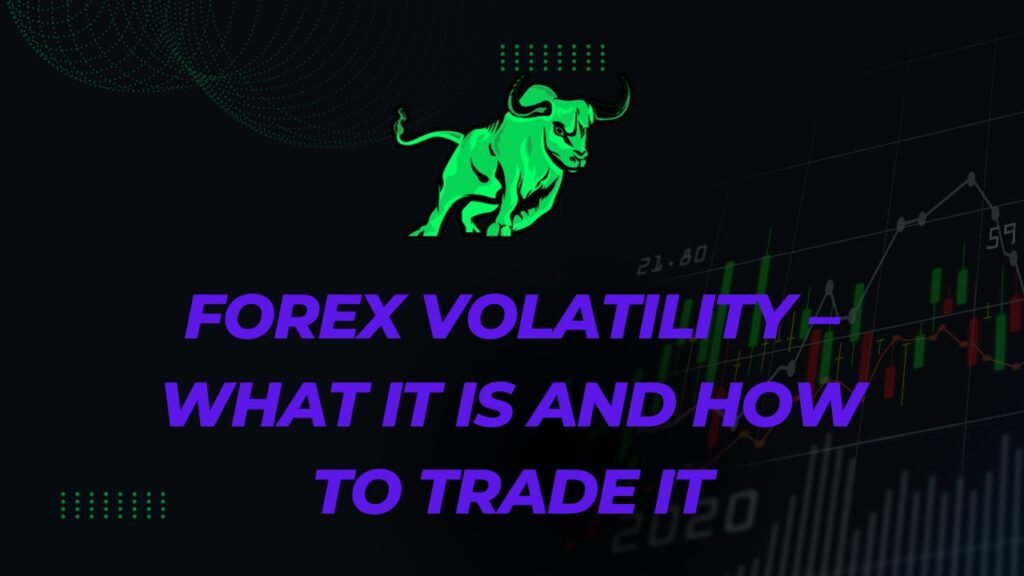
In the dynamic world of Forex trading, volatility is the heartbeat of opportunity. Understanding what volatility is and how to navigate it is key to successful trading. Let’s unravel the essence of Forex volatility, utilizing markdown formatting to enhance clarity.
What is Forex Volatility?
At its core, Forex volatility measures the extent of price fluctuations within a currency pair. Markdown formatting can emphasize key points here:
- Definition:
- Volatility reflects the degree of variation in a trading price series over time.
- Measurement:
- Commonly measured using statistical metrics like standard deviation or tools such as the Average True Range (ATR).
Why Does Volatility Matter?
Bullet points break up information effectively:
- Opportunity for Profits:
- Higher volatility often implies more significant price movements, creating potential profit opportunities.
- Risk Management:
- Understanding volatility is crucial for setting effective risk management strategies, including stop-loss levels.
Navigating Volatility in Trading
Let’s use a table to compare strategies:
| Volatility Level | Trading Strategy |
|---|---|
| Low | Trend-following strategies, range trading. |
| Moderate | Utilize technical analysis, breakouts. |
| High | Consider volatility-based indicators, adapt quickly. |
How to Trade Forex Volatility
Short, snappy sentences keep readers engaged:
- Use Volatility Indicators:
- Incorporate tools like Bollinger Bands or the ATR to gauge current market volatility.
- Adapt Your Position Size:
- Adjust the size of your positions based on the current level of volatility. Smaller positions in high volatility, larger in low volatility.
- Stay Informed About Economic Events:
- Economic releases can significantly impact volatility. Stay aware of the economic calendar.
- Employ Options Strategies:
- Options provide flexibility in volatile markets. Strategies like straddles or strangles can be effective.
Challenges of High Volatility
Bullet points break up information effectively:
- Increased Risk:
- High volatility brings potential for higher profits, but it also heightens the risk of substantial losses.
- Emotional Stress:
- Rapid price swings can test a trader’s emotional resilience. Stick to your strategy.
Conclusion
Summing up with a few key takeaways:
- Volatility is an inherent aspect of Forex trading.
- Understanding and navigating volatility is essential for success.
- Tailor your strategies based on the current market conditions.
Remember, in the ever-evolving Forex market, volatility is not an adversary but a potential ally. Embrace it, understand it, and let it guide your path to trading success.